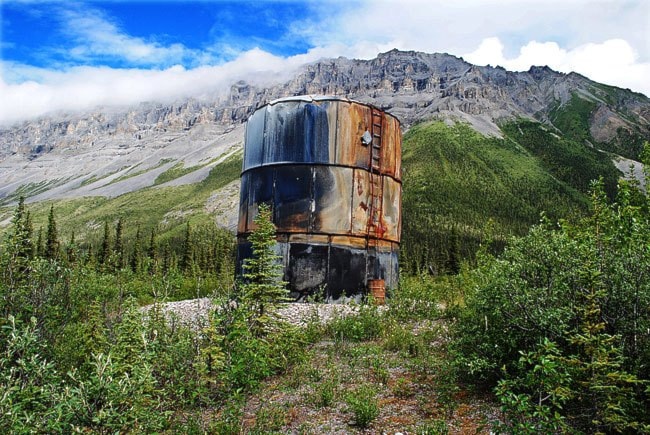Accepting the final recommended plan for the Peel watershed would result in costly lawsuits that could bankrupt the territory, according to the Yukon Party.
But documents prepared by Yukon’s Department of Economic Development show that the government simply does not know what the outcome would be if the Peel claims were to be expropriated.
“The legal and financial impacts, both direct and indirect, on Yukon of a de-facto expropriation of mining claims through lack of surface access rights are unclear,” states an email composed by an official with Economic Development.
That line was repeated in other documents obtained by the NDP Opposition through an access-to-information request.
But in the legislature last week, Resources Minister Brad Cathers accused the NDP of being blind to the financial consequences of denying access to mining companies to the Peel watershed.
“What the member needs to understand is if the Yukon government were to take action that directly or indirectly expropriated that, we would lose a court case and be faced with paying compensation,” said Cathers on Wednesday. “It’s not all flowers, sunshine, roses, theories, fairies and Marxism. The members need to open up their eyes and realize that economics and case law will define what would occur within litigation, which the Yukon government would lose.”
The piece of property at the centre of this debate is the Crest iron ore deposit along the Snake River, which is owned by Chevron. The premier hyped the potential development in his recent budget speech.
“The size and value of the Crest ore deposit alone are astronomical,” said Pasloski. “The estimated volume of iron ore in the conceptual pit, or just 15 per cent of the total estimated deposit, is 1.68 billion tonnes. Based on the five-year average price of iron, this fraction of the deposit would have a market value of $139.7 billion.
“It would be irresponsible for any Yukon government to declare that this resource potential is off-limits.”
Cathers echoed this sentiment in the legislature last week.
“Does the NDP really believe that the Crest iron ore deposit, which was staked over 50 years ago and has been kept current, at a cost, by companies since that time, is something they would simply walk away from when case law would demonstrate very clearly that if the Yukon government were to deny access to the even potential development of the Crest iron ore deposit, we would, quite simply, lose in court to Chevron, which has a lot deeper pockets and a lot better lawyers than the Yukon government does?”
It is true that the expropriation of those claims would likely come at a cost to the Yukon government, but a lengthy and expensive court battle is far from a foregone conclusion.
The development of a mine at the Crest site is still a highly speculative proposition.
The mine would need a rail line to Haines, Alaska, which could cost upwards of $11 billion, according to a 2006 study.
Getting enough power to the mine is another expensive problem to solve for the potential mine.
There are examples of court battles being lost by governments over expropriated claims, but most involve potential mines at a much more advanced stage of development.
When the Fishing Branch and Tombstone territorial parks were created, companies with claims were negotiated with on an individual basis.
Some companies simply gave up their claims. Others swapped their claims for credit for exploration work elsewhere. Some probably received cash – how much isn’t publicly known.
None fought acrimonious court battles.
Contact Jacqueline Ronson at jronson@yukon-news.com
